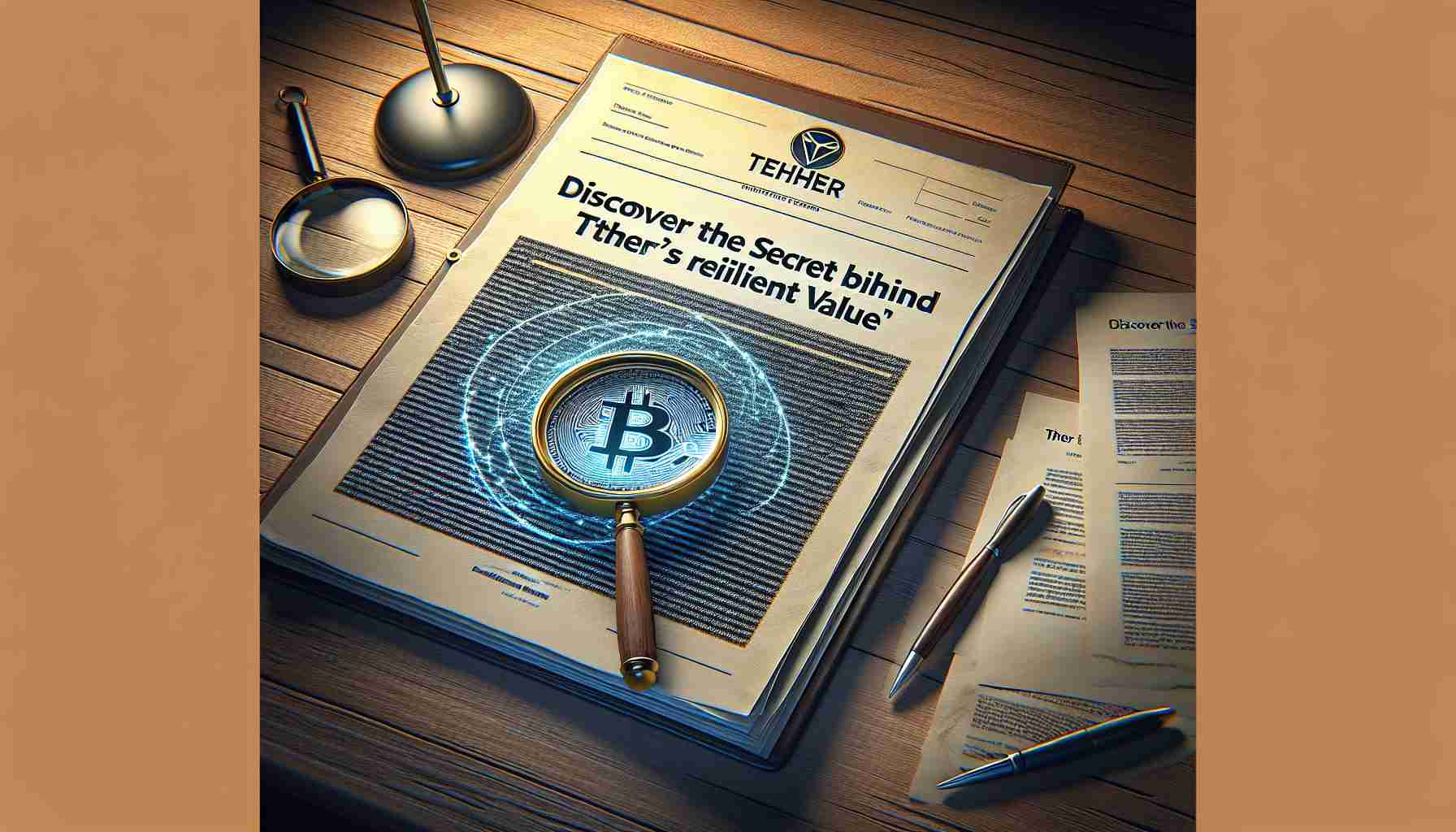PAGUATE, N.M. — Nestled around a central plaza, the flat-roofed structures of Laguna Pueblo showcase a unique blend of traditional and modern design. One prominent home, over 300 years old, features its original mud-plastered limestone walls complemented by modern enhancements like concrete blocks and contemporary utilities, including a satellite dish.
As guests enter through a simple wooden door, they quickly discover that the charm of the home cuts deeper than its exterior. The modest living quarters reflect Pruitt’s humble beginnings, but the skillful artist has expanded his space significantly. At the rear, a dedicated workshop bursts with tools essential for his craft, including CNC machines and various hand tools, all adorned with vibrant skateboard decks that breathe life into his surroundings.
Pat Pruitt’s journey into metalwork began unexpectedly after a serious bicycle accident during his teenage years. Bored during his recovery, he requested guidance from a local silversmith, igniting a passion that would evolve throughout his life. Initially focused on jewelry, he transitioned to creating more complex works using unconventional materials like stainless steel, titanium, and even stingray skin.
Despite initial skepticism from galleries and collectors, Pruitt’s artistry began to gain recognition after winning an innovation award in 2007. At fifty, he is now pursuing higher education while revitalizing his craft. As he continues to contribute to his community, Pruitt embodies a new wave of Native American artistry that challenges traditional boundaries and celebrates personal expression.
The Evolution of Native American Artistry: A 21st Century Perspective
The impact of modern materials and technology on Native American artistry
As we delve into the contemporary movements within Native American art, it is essential to consider how technology and modern materials are reshaping the landscape. Artists like Pat Pruitt use new tools and methods that not only expand their creative horizons but also challenge the traditional narratives surrounding Native American craftsmanship.
Interesting Facts
One significant aspect of this evolution is the incorporation of non-traditional materials. While many artists historically focused on natural materials like clay, wood, and stone, contemporary creators are using metals and synthetics more frequently. For instance, Pruitt’s choice of stainless steel and titanium not only signifies a departure from traditional materials but also poses questions about sustainability and environmental impact in production processes.
Controversially, this shift has raised concerns about cultural appropriation. There’s an ongoing debate within communities and among art collectors about what constitutes authentic Native American art. Some argue that the commercialization of Native identities through modern interpretations dilutes the cultural significance. Others believe that embracing innovation is a vital step toward cultural resilience and adaptation.
Advantages and Disadvantages
The advantages of this evolution are multi-faceted. Firstly, it allows greater accessibility and expression for artists. Technologies such as CNC machines enable more precision and creativity, allowing artists to produce works that could not be accomplished through traditional methods alone. Furthermore, the integration of modern aesthetics often attracts a broader audience and market, enhancing economic opportunities within Indigenous communities.
However, the downsides include the potential loss of traditional techniques and the authenticity of cultural expressions. As younger artists may prioritize innovative styles over ancestral methods, there is a risk of cultural dilution. Moreover, the oversaturation of the market with mass-produced items labeled as “Native American” can undermine the value of genuine artistry and craftsmanship.
Questions and Answers
What is the role of education in this artistic evolution?
Many contemporary Native American artists are pursuing higher education, which helps them integrate academic perspectives with their cultural practices. This education fosters innovation while preserving identity, as artists learn the history of their craft and how to apply it in modern contexts.
How do communities respond to these changes?
Communities are often divided. Some embrace the modern approaches as a natural evolution of culture, while others express concern over preserving traditional methods. Community dialogues can lead to enriched understanding and collaboration, resulting in new forms of hybrid art that honor both tradition and modernity.
Is there a future for traditional methods?
Absolutely. Many artists are seeking to find harmony between tradition and innovation. The resurgence of interest in traditional techniques often accompanies modernization, as artists recognize the value in their heritage while exploring new possibilities.
By understanding the complex interplay between tradition and modernity in Native American artistry, we can appreciate the striving for authenticity amidst a rapidly changing world. For further exploration of Native American art, consider visiting Sotheby’s, where diverse contemporary works are showcased.












